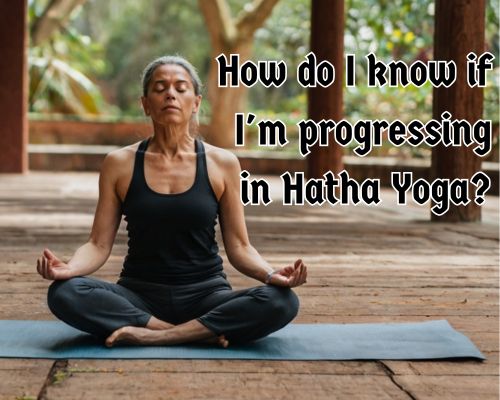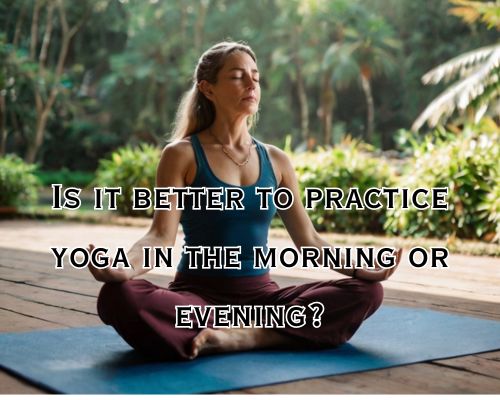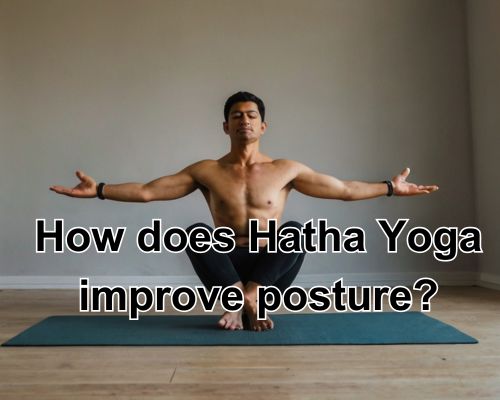Best Hoyer Lift Sling Options for Safe Patient Transfers – Comfort Meets Support
Best Hoyer Lift Sling Options for Safe Patient Transfers – Comfort Meets Support
A hoyer lift sling plays a vital role in ensuring the safety and comfort of patients during transfers. Whether in a healthcare facility or home care setting, choosing the right sling can make all the difference in both patient dignity and caregiver ease. With countless designs and materials available, selecting the appropriate hoyer lift sling depends on the user’s needs, weight capacity, and the type of transfer required.
Understanding the Role of a Hoyer Lift Sling
A hoyer lift sling is the supportive harness attached to a mechanical or electric patient lift. It cradles the individual during movement from a bed, wheelchair, commode, or other surfaces. The sling must distribute weight evenly and securely, preventing any unnecessary pressure points or discomfort.
Types of Hoyer Lift Slings and Their Applications
1. Full Body Slings
These slings are designed to provide total body support and are ideal for non-weight-bearing patients. They typically feature head, neck, and back support and are suitable for patients with little to no upper body strength.
2. U-Slings
U-shaped slings are versatile and easy to apply. They are best for patients who can partially bear weight or those who require moderate support during transfers.
3. Toileting Slings
Designed for quick and hygienic access to toileting, these slings offer openings in key areas while still providing upper body support. They’re ideal for daily routine care in both home and institutional settings.
4. Standing Slings
These slings work with sit-to-stand lifts and are suitable for patients who can actively participate in transfers. They support the torso and underarms, encouraging a degree of independence.
5. Amputee Slings
Specially constructed to support patients with limb loss, these slings are shaped to safely cradle and stabilize the body without pressure on the amputation site.
Key Features to Look For in a Hoyer Lift Sling
Comfortable Padding and Fabric
Padded slings offer extra comfort, especially for long-term use. Materials such as breathable mesh or quilted polyester enhance comfort and skin protection.
Adjustable Straps and Loops
Multiple strap loops allow caregivers to adjust positioning and recline angles, improving safety and ergonomics for both the user and the handler.
Washable and Durable Materials
Frequent washing is essential in clinical settings. Choose slings that are machine washable and resistant to fraying or fabric breakdown over time.
Weight Capacity and Size Options
Slings must support the user’s weight safely. Most come in various sizes—small, medium, large, and bariatric—to fit different body types and needs.
Top-Rated Hoyer Lift Sling Brands and Models
Invacare Full Body Mesh Sling
Known for breathability and comfort, the Invacare mesh sling supports full-body lifts and dries quickly after washing. It’s compatible with most hoyer lifts and includes commode cutouts.
Drive Medical Padded U-Sling
This model offers solid leg supports with ample padding. It suits a wide range of body shapes and is commonly used in hospitals and assisted living environments.
Proactive Medical Commode Sling
Designed for toileting use, this sling balances access and security. It features reinforced stitching and a breathable backing for hygiene-sensitive applications.
Lumex Sit-to-Stand Sling
The Lumex standing sling supports upper body positioning during transfers and rehabilitation. It promotes engagement and comfort for patients with partial mobility.
Bestcare Universal Sling with Head Support
Offering universal compatibility, this sling includes extra head support and works well for patients with minimal mobility. The material is soft, flexible, and suitable for long-term use.
Hoyer Lift Sling Safety Tips
- Check Compatibility: Always ensure the sling matches the lift type and user size.
- Inspect Before Use: Regularly inspect slings for tears, worn loops, or loose stitching.
- Training Matters: Caregivers should be trained on correct sling application to avoid strain or injury.
- Use the Right Size: An ill-fitting sling can cause slipping, discomfort, or unsafe lifting angles.
- Label Awareness: Follow the manufacturer’s instructions for weight limits and care guidelines.
When to Replace a Hoyer Lift Sling
Even durable slings wear down with time. Replace the sling if you notice:
- Fraying edges or thinning fabric
- Faded size labels
- Loose or damaged straps
- Discoloration due to over-washing
- Compromised stitching or seams
A high-quality hoyer lift sling is more than just a tool—it’s a bridge to improved mobility and independence. Choosing wisely ensures peace of mind for both caregivers and patients.













